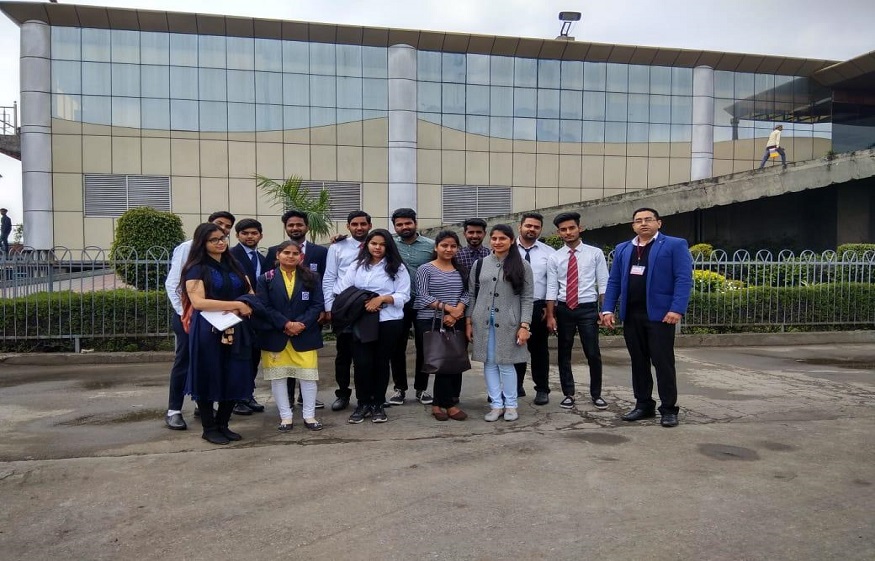In any company, whether large or small, there are many office visitor management systems, some of them institutional, others merely business or commercial, and even, to a lesser extent, personal. Regardless of its formality and relevance, the company can take advantage of these visits to generate closeness and enhance its brand.
Regardless of the type they are, visits, for the benefit of the best image of the company, must be structured according to the characteristics of the company.
By simply establishing the way of behaving of the people involved, the order in the route or the duration, we will have a lot of gains in terms of the image that we transmit to those who visit us. Therefore, good manners, courtesy and order must be taken care of to the maximum. Ergo, there are no more worries of maintaining manual books because Vizitor offers people with so many features to protect and manage data of the employees as well as of the work place.
Aspects to consider in planning visits:
1.Action protocol
It establishes a protocol of action, formally and in writing, detailing the steps to follow, taking into account aspects such as the type of office visitor, the reason, and number of duration. In such a way, any employee will have the basic guidelines to part and act according to the purpose of the company.
Read more: How AI Is Helping in Supply Chain Management?
Make this policy manual in association with the Company’s Management and those answerable for the different administration of the company, including the security and press department, if the company has them. If, on the other hand, the company is small and does not have these departments, a person will have to be appointed who, together with the management, will design the strategy and procedure to be developed from the beginning to the end of each visit.
2.Guests
If it is you who organizes the visit and it is not an external request, determine well who you are going to invite in each case, depending on the claims, commercial, institutional or promotional. It is not the equal to organize a visit for hidden clients than to accept authorities. Prepare a guest list and send invitations indicating the date, duration, reason for the visit, capacity and route.
3.Confirmations
To avoid last-minute surprises or strategic guests not attending, it is essential that you confirm attendance days before the scheduled date. Once you have all the confirmations, make the final list with the information of each guest so that on the day of the visit you can easily identify each of the visitors.
4.Reception
Attentions will be determined by the rank of the visitors. Higher level visits will be received by the highest positions in the company, second level visits will be received by management positions, and finally, general visits will be received by the head of the department involved in the visit or the person in charge of the visits. If necessary, the high rank visits will be received by the head of the protocol or by the institutional relations head. Hence, they are the once who manage the rules and the formal behavior that is necessary during the big meetings, government interactions and etc
5.The “Cicero”
Establish in advance who will be responsible for receiving guests and where they will wait. Depending on the range of guests, it will be done in one place or another.
If the visit is from authorities, it will be the management of the company who, together with the head of protocol or institutional relations, will wait for visitors in the lobby, the door of the building or even by car, if the authorities who visit us they are of the highest rank. On the other hand, for more general visits, determine the technical staff who will attend, give explanations and answer those questions asked by the guests during the visit.
Read more: Roles Leadership Factor Plays in Successful Business
Therefore, these are aspects of managing visits to the company. The app should maintain the decorum of managing visits properly because this will help them in having all the proper and clear details about their high visitors, second-level visitors as well as the general visitors.




